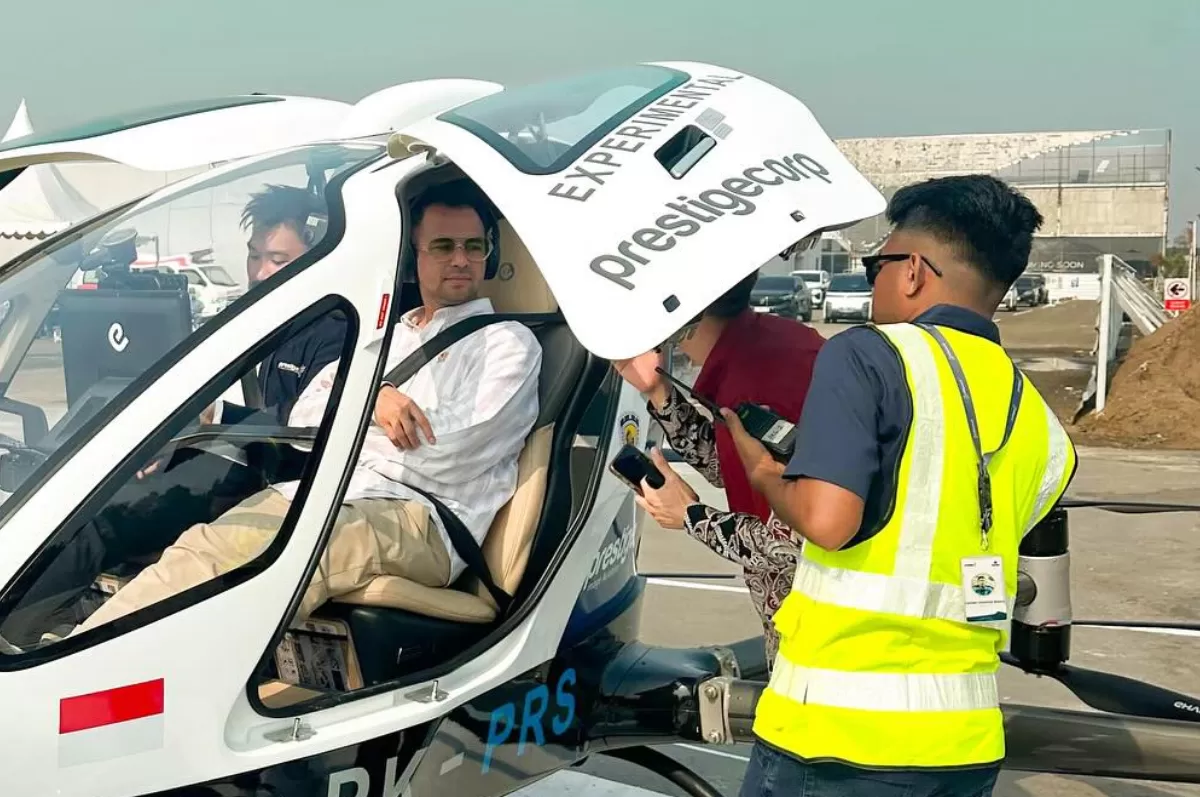EHang 216-S vs Helicopters: Is the Future Already Here?
The debate between EHang 216-S vs helicopters is gaining global attention, especially after Indonesian celebrity Raffi Ahmad took part in a live flight test of the EHang 216-S flying taxi. As electric air mobility enters the spotlight, many wonder how this autonomous vehicle compares to traditional helicopters. This article explores the key differences in technology, efficiency, and daily use—and what it all means for the future of urban air transport.
EHang 216-S vs Helicopters: Comparing Safety and Flight Efficiency
The EHang 216-S uses a fully autonomous AI-based autopilot system, eliminating the need for a human pilot. It runs on electric power and is equipped with 16 rotors for added stability. In contrast, helicopters rely on fossil-fueled engines and manual piloting, resulting in louder noise, higher emissions, and more complex operation.
Flight Efficiency and Safety Features
In terms of efficiency, the EHang 216-S consumes less energy, takes off vertically in tight spaces, and operates silently. It’s also designed with redundant control systems and real-time communication links for backup in emergencies. Helicopters may have longer range and more flexible altitude control, but they come with greater risks of mechanical failure.
Passenger Capacity and Daily Use
The EHang 216-S is built for two passengers, making it ideal for urban, short-distance travel. Helicopters can carry more passengers or cargo, suiting medical, military, or corporate transport. However, helicopters involve high operational costs, pilot training, and restricted landing zones.
Operational Costs and Accessibility
The EHang 216-S shines in cost-efficiency. It requires no fuel, no pilot, and can land in compact areas—perfect for cities. Helicopters, on the other hand, demand expensive maintenance, licensed pilots, and designated helipads, limiting accessibility for the general public.
Regulations and Legal Readiness
Flying taxis like the EHang 216-S are still undergoing testing and have not yet received full commercial clearance in Indonesia. The government is currently reviewing appropriate regulations. In contrast, helicopters already operate under well-established legal frameworks, though their public use remains exclusive.
Raffi Ahmad’s Test Flight: Symbol of Transformation
When Raffi Ahmad tested the EHang 216-S, the public response was massive. His flight brought new awareness to flying taxi technology and showcased its potential as a future mode of travel. The involvement of public figures may accelerate public trust and regulatory attention.
EHang 216-S vs Helicopters: Final Thoughts on Air Mobility’s Future
The EHang 216-S vs helicopters debate highlights a shift toward smarter, greener, and more accessible air mobility. While helicopters dominate in long-range and multipurpose uses, the EHang 216-S offers a clean, urban-ready alternative. If regulations catch up, flying taxis may soon become a practical choice for city transport.



